What Are the Material Weights for BJJ Gi?
Choosing the right Brazilian Jiu-Jitsu (BJJ) gi is an essential step for practitioners, whether they are beginners or seasoned athletes. The material weight of the gi, measured in grams per square meter (g/m²), plays a significant role in its performance, durability, and comfort. Understanding the different types of weaves and their respective material weights helps you choose the best gi for your training style, climate, and personal preference. Let’s dive deeper into the various weaves, their properties, and how they impact the weight and functionality of your gi.
How Much Does a BJJ Gi Weigh?
The weight of a BJJ gi is one of the most important factors to consider when purchasing one. A gi’s weight typically ranges from 300 to 1050 g/m², depending on the weave and material used. Lightweight gis, which are usually in the 300-550 g/m² range, are ideal for competitions, hot weather, and practitioners who prioritize agility and movement. Conversely, heavier gis, ranging from 650 to 1050 g/m², are more durable and resistant to wear, making them suitable for everyday training and practitioners who need a gi that can withstand intense grappling sessions. Understanding how much a gi weighs and how that weight affects your performance is critical in choosing the right one. Lightweight gis offer more freedom of movement but can wear out faster, while heavier gis provide more durability but can be restrictive in high-intensity training sessions.
The Single Weave
The single weave is the lightest type of gi weave, typically weighing between 300 and 550 g/m². This weave is often recommended for beginners or for practitioners who train in hot climates. Single weave gis offer great flexibility and freedom of movement due to their lighter weight. They are less restrictive than heavier gis, making them ideal for quick transitions and submissions during competition. However, because the material is thinner, single weave gis tend to wear out faster than heavier options. While they are perfect for lightweight athletes or those who prioritize mobility, they may not be the best choice for practitioners seeking long-term durability. The single weave’s lightweight nature also makes it an ideal option for those who travel frequently to compete or train, as it’s easier to carry around.
The Double Weave
The double weave is the complete opposite of the single weave in terms of weight and durability. This weave is significantly thicker, with weights ranging from 650 to 1050 g/m². The double weave gi is designed to be more robust and harder to grip during grappling, giving the wearer a potential advantage against their opponents. This added thickness makes the gi more durable and resistant to wear and tear, which is essential for practitioners who train regularly. However, the double weave’s weight can make it less comfortable in hot environments or during long, intense training sessions. While the double weave is heavier and provides more durability, it can also be more difficult to move in, which might hinder agility and quick transitions. Overall, this weave is best suited for advanced practitioners who require a tough, long-lasting gi for heavy training.
The Gold Weave
The gold weave is a hybrid between the single and double weaves. With a weight ranging between 450 and 900 g/m², the gold weave strikes a balance between durability and comfort. This weave was once the standard for Brazilian Jiu-Jitsu competitions due to its superior strength and flexibility. The gold weave gi provides more durability than the single weave while being lighter than the double weave, making it a great all-around option for both training and competition. Although it is not as commonly used today due to the rise of newer weaves like the pearl weave, the gold weave remains a reliable option for practitioners looking for a balanced gi that can handle the rigors of both practice and competition without being overly restrictive.
The Pearl Weave
The pearl weave is currently one of the most popular options in the BJJ community due to its versatility. Weighing between 350 and 550 g/m², the pearl weave offers an ideal balance of durability, weight, and flexibility. This weave is named after the texture of the fabric, which resembles a string of pearls. The pearl weave is strong enough to withstand regular training and competition but lightweight enough to offer freedom of movement. The pearl weave has become the standard in many BJJ competitions because it combines the advantages of both lightweight and heavyweight gis. It offers enough durability to last through intense training sessions while still being light enough to not overly restrict movement. Whether you’re a beginner or a seasoned competitor, the pearl weave is a solid choice for those who want a gi that performs well in both training and competition. Explore our collection of durable BJJ gis at Bravo. Crafted from high-quality 450 GSM pearl weave cloth, these gis offer both comfort and resilience. Each gi comes with a free bag and belt, ensuring you have everything you need to excel in your training. Check out our selection and find the perfect gi for your practice today!
Single Weave: Lightweight Flexibility
For those looking for the lightest possible option, the single weave gi offers unmatched flexibility and ease of movement. It is ideal for practitioners who prioritize speed and agility, especially in competition settings. While the single weave may not be as durable as other weaves, its lightweight nature allows for quick, smooth movements during grappling exchanges. This weave is also perfect for hot climates, as it allows for better airflow and less heat retention. If you’re just starting out in BJJ or need a lightweight gi for competitive purposes, the single weave might be the perfect fit for you. Just be aware that the lighter material may wear out more quickly than heavier options, so you might need to replace your gi more frequently.
Pearl Weave: A Popular Choice
The pearl weave has quickly become a favorite among BJJ practitioners because it offers the best of both worlds. This weave is both lightweight and durable, making it a versatile option for all levels of practitioners. The pearl weave gi is ideal for those who train regularly and need a gi that can handle the rigors of both practice and competition without weighing them down. Its medium weight makes it suitable for a wide range of training environments, from casual sessions to intense competitions. The pearl weave’s unique texture also provides a good balance between grip resistance and ease of movement, allowing practitioners to train comfortably while still maintaining durability. This makes the pearl weave one of the most versatile options on the market.
Platinum Weave: Superior Strength
For those seeking maximum durability and strength, the platinum weave is an excellent option. Although less common than other weaves, the platinum weave is favored by practitioners who demand superior performance from their gi. This heavier weave offers unmatched resistance to wear and tear, making it ideal for practitioners who engage in heavy, intense training. The platinum weave gi is more robust and durable than lighter weaves, but this comes at the cost of increased weight. The added durability makes this weave ideal for practitioners who need a gi that can withstand heavy use over long periods of time. However, the increased weight may make it less suitable for competition, where agility and speed are essential.
Double Weave: Built for Durability
The double weave is one of the heaviest and most durable types of BJJ gis available. It is designed for practitioners who prioritize toughness and long-term durability in their training gear. The double weave gi can handle the most intense grappling sessions without tearing or wearing out quickly. However, its heavier weight makes it less ideal for hot climates or competitions where agility is a key factor. Despite its bulk, the double weave remains a popular choice among advanced practitioners who value durability over lightweight mobility. If you’re looking for a gi that will last through years of rigorous training, the double weave is an excellent choice.
High Tech Weave: Innovation Meets Performance
The high-tech weave represents a modern approach to BJJ gi design. This type of gi often incorporates a blend of traditional weaves with innovative materials to create a balance between lightweight performance and durability. High-tech weave gis are designed to be lighter than traditional double weave gis while still offering superior strength and resistance to wear. This innovative approach to gi design makes high-tech weaves an excellent option for practitioners who want the best of both worlds: the durability of a heavier gi and the flexibility of a lighter one. If you’re looking for cutting-edge performance in your BJJ gi, the high-tech weave is a great choice for those who demand both innovation and functionality.
Choose the Right BJJ Gi
Selecting the right BJJ gi is crucial for both comfort and performance on the mats. Start by understanding the sizing options available at your academy, as they often provide a range of sizes, including half sizes, to accommodate different body types. Expect some shrinkage over time, so choose a gi that fits slightly larger initially. When it comes to fabric, pearl weave gis are a great choice for most practitioners due to their balanced weight and durability. Avoid gold weaves, which stretch out during training, and steer clear of no-weave gis, as they are not IBJJF legal. For beginners, a 450 GSM pearl weave gi offers a solid blend of strength and comfort. Explore our collection of Custom made BJJ gis, crafted from durable 450 GSM pearl weave fabric. These unbranded gis offer premium quality and a lightweight feel, making them perfect for rigorous training. Each gi comes with a free bag and belt, ensuring you have everything you need to excel. Check out our selection to find the ideal gi tailored just for you.
How Much Does a Jiu Jitsu Gi Weigh?
The weight of your BJJ gi can significantly impact your performance in both training and competition. Lightweight gis (350-550 g/m²) are preferred for competition, as they offer more mobility and less resistance during grappling. On the other hand, medium to heavyweight gis (450-1050 g/m²) are ideal for regular training, as they provide better durability and withstand the demands of daily practice. Understanding how much your gi weighs can help you choose the right one for your needs, whether you’re competing at a high level or simply looking for a durable gi for everyday training.
Choosing the right BJJ gi requires an understanding of the different material weights and weaves available. From lightweight single weaves to durable double weaves, each gi serves a specific purpose depending on your training goals and environment. By considering these factors, you can select the best gi for your practice, whether you need something light for competition or a heavyweight option for long-lasting durability.
FAQs on BJJ Gi Material Weights and Weaves
How much does an average belt (& gi) weigh?
An average BJJ belt weighs approximately 200 to 300 grams (0.2 to 0.3 kg). The weight may vary slightly based on the belt’s material and size. Typically, heavier belts tend to be made from thicker cotton and have more layers of stitching, but the difference is generally minor in practical use.
What are the different types of BJJ gi weaves?
There are several types of BJJ gi weaves, including:
- Single Weave: Lightweight, flexible, and affordable; great for beginners or hot climates.
- Double Weave: Heavier, thicker, and more durable; ideal for regular training and increased durability.
- Gold Weave: A hybrid of single and double weaves, offering a balance of flexibility and durability.
- Pearl Weave: Popular for its strength and lightweight design, widely used in both training and competition.
- Platinum Weave: Heavier and more durable, suitable for intense training.
- High Tech Weave: An innovative blend of traditional and modern materials, offering both durability and flexibility.
How much does a typical BJJ gi weigh?
BJJ gi weights can range from around 300 to 1050 grams per square meter (g/m²). Lighter gis usually weigh between 300 and 550 g/m², while heavier gis range from 650 to 1050 g/m². The choice of gi weight depends on personal preference, training needs, and the environment in which you practice.
Which BJJ gi weave is best for competition?
The Pearl Weave is a popular choice for competition due to its balance of lightweight design and durability. It offers enough flexibility for quick movements and transitions while being strong enough to withstand competition-level intensity.
What is the difference between single weave and double weave gis?
- Single Weave: Lighter and more breathable, making it suitable for beginners and practitioners in warm climates. However, they are less durable and may wear out faster.
- Double Weave: Heavier and more durable, offering better resistance to wear and tear. However, they can be restrictive and are less breathable than single weaves.
What is the pearl weave, and why is it so popular?
The Pearl Weave is known for its unique texture that resembles a string of pearls. It combines the benefits of lightweight gis and durable construction, making it a versatile choice for both competition and daily training. Its balance of flexibility and strength is why it’s one of the most popular weaves in Brazilian Jiu-Jitsu.
Is a lightweight gi less durable than a heavier gi?
Generally, lightweight gis (e.g., single weave) are less durable than heavier gis (e.g., double weave or platinum weave). Lightweight gis are more prone to wear and tear, especially with frequent training. However, they are more comfortable in hot climates and offer greater freedom of movement.
What is the best gi for hot climates?
For hot climates, a Single Weave gi or a lightweight Pearl Weave gi is the best choice. These gis are breathable and offer better ventilation, keeping you cooler during training.
Which BJJ gi weave lasts the longest?
Heavier weaves such as the Double Weave, Platinum Weave, and Gold Weave are designed for durability and long-lasting performance. These weaves are thicker and can withstand intense training over a long period, making them ideal for practitioners who train frequently.
Can I compete in a heavy gi?
Yes, you can compete in a heavy gi, but it may restrict your movement and slow you down compared to lighter options. Many competitors prefer a Pearl Weave gi as it offers a good balance between weight and durability, helping with quick movements during competition.
What is a High Tech Weave in BJJ gis?
A High Tech Weave is a modern innovation in BJJ gi design that blends traditional weaves with advanced materials to provide a balance of lightweight performance and durability. These gis are designed to offer superior strength and resistance to wear while remaining flexible enough for competition.
What material are BJJ gis made of?
BJJ gis are typically made from cotton, although some gis incorporate polyester, nylon, or ripstop fabrics to enhance durability and reduce weight. The most common types of fabric used are single weave cotton, double weave cotton, gold weave cotton, and pearl weave. These materials are designed to be strong and resistant to tears while providing flexibility for grappling.
What does a BJJ gi weigh?
A BJJ gi can weigh anywhere from 1.1 kg to 2.3 kg (2.5 lbs to 5 lbs), depending on the material, weave, and size. Lighter gis, such as those made from single weave fabric, tend to weigh less, while heavier gis made from double weave fabric weigh more. The weight also varies based on the thickness of the material, typically measured in GSM (grams per square meter).
What GSM should I choose for my BJJ gi?
The choice of GSM (grams per square meter) for your BJJ gi depends on your preferences and training needs:
- 300–550 GSM: Lightweight, good for beginners or hot climates.
- 550–850 GSM: Medium weight, offering a balance between durability and comfort.
- 850+ GSM: Heavier, designed for durability and intense training sessions. Heavier gis are also more difficult for your opponent to grip.
Choose a lighter GSM for ease of movement and flexibility, or a higher GSM for added durability and resistance during grappling.
What is GSM in a BJJ gi?
GSM stands for grams per square meter, and it measures the density of the fabric used in your BJJ gi. The higher the GSM, the heavier and thicker the gi fabric will be. For example, a 550 GSM gi will be thicker and more durable than a 350 GSM gi, but it may also be heavier and less breathable. This measurement helps practitioners choose the right gi based on their preferences for weight, durability, and comfort.
What are the material weights for BJJ gis discussed on Reddit?
On Reddit and other forums, discussions often focus on the GSM of BJJ gis and their impact on training and competition. Users frequently recommend:
- Lightweight gis with 300–450 GSM for those who train in warmer climates or prefer more flexibility and movement.
- Midweight gis with 450–650 GSM for a balance between durability and comfort, often favored by both beginners and experienced practitioners.
- Heavyweight gis with 650+ GSM for those seeking a gi that can withstand intense training and provide resistance against grips.

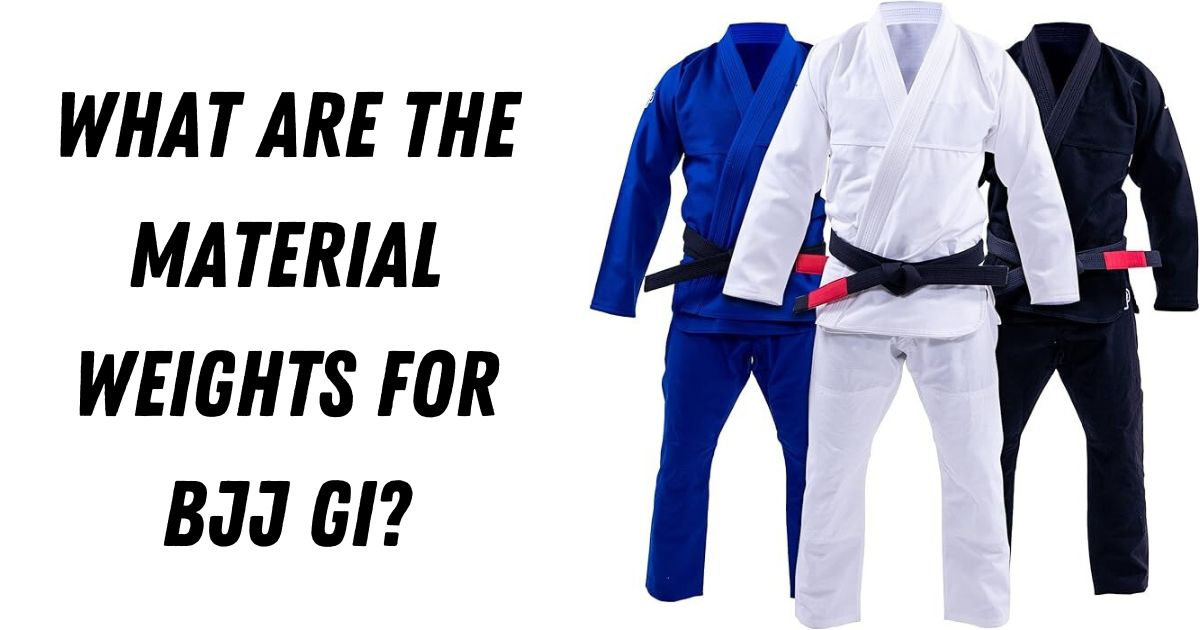
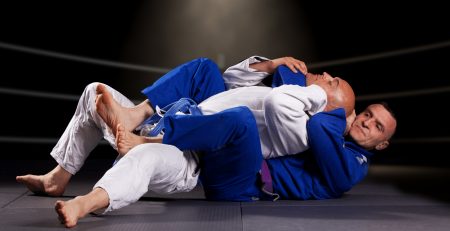

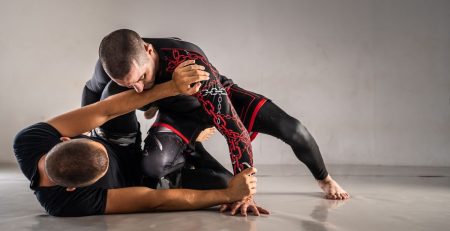



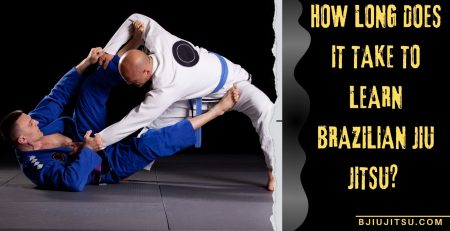


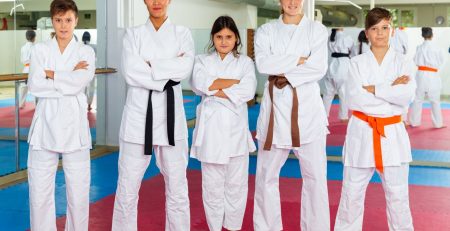

Leave a Reply
You must be logged in to post a comment.